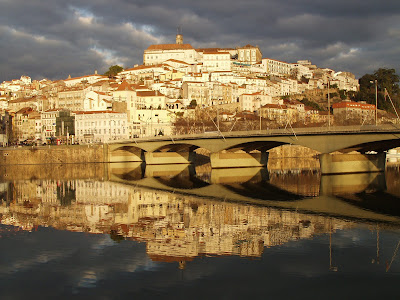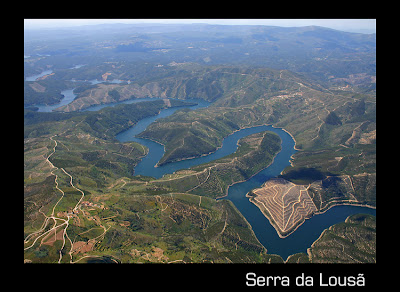The archetypal Portuguese pastry is the pastel de nata, a custard tart with
hints of lemon, cinnamon and vanilla. (Sian Irvine)
On the streets winding up, down and around the seven hills that comprise
Lisbon, and in town plazas throughout the country, the pastelaria or confeitaria
(pastry shop) is a mainstay of the Portuguese neighbourhood.
Pastelarias in Portugal stay busy throughout the day as customers pop in to
purchase boxes of pastries, or pause for a bit to savour baked morsels and
coffee. Rows of flaky, palm-sized pastries fill window displays in stacked pans.
The golden-brown confections complement the colour scheme of typical Portuguese
architecture: from the burnt orange roofs to the clean white buildings to
decorative hues that resemble the colour of butter.
Rather than using elaborate toppings or mouldings, the Portuguese keep their
baked goods simple. Each type of pastry varies only slightly from the next, and
they often come topped or filled with a sweet, gooey custard. The fundamental
ingredient is the egg yolk, which is used in as many ways as possible.
The archetypal Portuguese pastry is the
pastel
de nata, a custard tart with hints of lemon, cinnamon and
vanilla, often sprinkled with powdered sugar and easily consumed in a few bites.
It resembles a tiny pie, and the baked, creamy egg custard is cupped in the
centre. Throughout the country, the pastel de nata is so adored that discussions
about which shop makes the best often become enlivened debates.
Many believe that this sacred Portuguese pastry is found in its most heavenly
form at the
Antiga Confeitaria de Belem
(commonly known as the Pastéis de Belém), located west of downtown Lisbon. It is
believed that the first-ever version of this dessert was baked in the same spot
more than 200 years ago by nuns at the
Mosteiro dos Jerónimos,
which adjoins the pastry shop. Nuns are credited with creating many of the
country’s pastries, and some say the egg yolk became a central ingredient in
Portuguese baking because the nuns used so many egg whites to starch their
attire.
Pastéis de Belém has been in operation since 1837, and the same, closely
guarded recipe has been followed since that very first year. A few “master
confectioners” are the only ones who know the art, and they concoct batches of
the confection within the confines of a “secret” room in the shop. It is the
most-frequented pastry shop in the whole of Portugal, but it is not just
tourists who bring the volume of traffic. Locals also know it as the best spot
for their most beloved pastries.
Those on a tight schedule order their pastries to take away from the dapper,
bow-tied staff behind the counter. Others eat at a table in one of the cafe’s
multiple seating areas, adorned with painted blue and white tiles, just steps
from the
Belem Tower -- a monument
from which numerous Portuguese expeditions have set sail.
Lisbon’s kingly Pastelaria Versailles (Avenida da Republica 15 A,
351-21-354-63-40) is a young cafe in comparison, dating back to 1932, but many
claim Versailles’ pastel de nata rivals the recipe found at Pastéis de Belém.
The sign outside, written in a fanciful script, foretells the baroque-style
interior, marked with rich woods, ornate mirrors and staffed with smartly
dressed waiters. The cafe is a National Heritage site and is one of the most
famous cafes in the country, though its location slightly north of the city
discourages tourists from making it for a breakfast or teatime pastry. Other
favourites on offer include croissants stuffed with custard or
pudim flã
(a Portuguese flan).
Pre-dating the Pastéis de Belém,
Confeitaria Nacional opened
in the capital city in 1829 and once served as the Portuguese monarchy’s
official bakery, supplying the family with their daily choice of sweets. The
traditional
Bolo Rei fruitcake is a house specialty and a must for
Portuguese Christmas tables. Though the
Bolo Rei is originally a French
recipe, the Confeitaria was the first to introduce it to Portugal and the bakery
has adopted the dessert as their own. The bakery also sets out favourites such
as
queijadas de Sintra, a pastry that originated in Sintra, a town 30
minutes northwest of Lisbon, and features a sweet, light cheese in addition to
many of the same ingredients as the pastel de nata. Like many pastry shops in
Portugal, it is family-owned.
Source:
www.bbc.com















